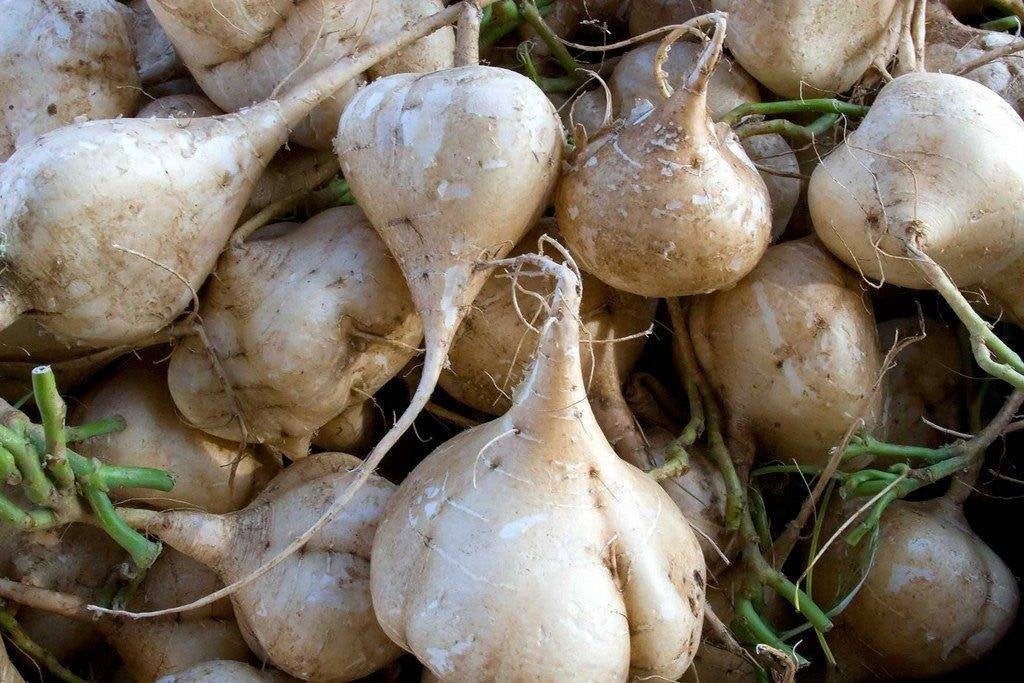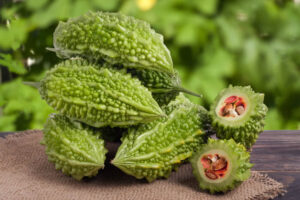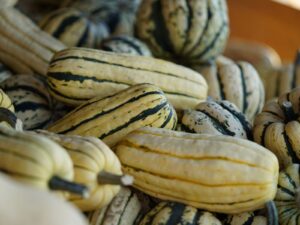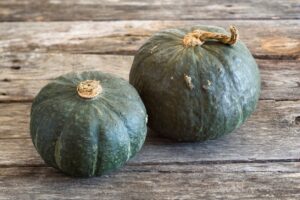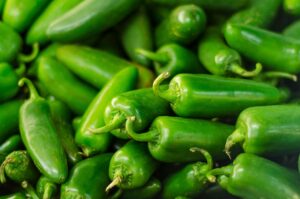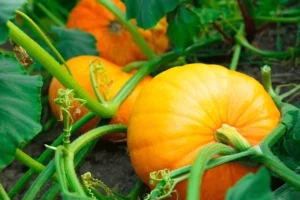How to Grow Jicama: A Complete Guide for Home Gardeners
Are you looking to add a crisp, sweet, and versatile root vegetable to your garden? Jicama (Pachyrhizus erosus), also known as Mexican yam bean or Mexican turnip, might be exactly what you’re seeking. This increasingly popular crop is gaining traction in the US market as consumers discover its refreshing crunch and nutritional benefits. Native to Mexico and Central America, jicama can be successfully grown in the United States with the right knowledge and care.
What is Jicama?
Jicama is a legume plant grown primarily for its large, tuberous roots. The roots feature a crisp white interior similar to water chestnuts or raw potatoes but with a naturally sweet flavor that makes them excellent for both cooked dishes and raw applications. According to the USDA Agricultural Research Service, jicama is rich in vitamin C, potassium, and dietary fiber while being low in calories.
Growing Conditions for Jicama
Before planting jicama, it’s important to understand its growing requirements:
Climate Requirements
Jicama is a tropical plant that thrives in warm weather. As noted by the USDA Plant Hardiness Zone Map, jicama grows best in zones 9-11, where temperatures rarely drop below 50°F (10°C). The plant requires:
- A long, warm growing season (9-11 months)
- Full sun exposure (minimum 6-8 hours daily)
- Protection from frost and cold temperatures
- Moderate humidity
Soil Requirements
For optimal jicama growth, your soil should have:
- Good drainage
- Loose, sandy loam texture
- pH between 6.0-7.0
- Moderate fertility (avoid excessive nitrogen)
Timing Your Planting
In the US, timing is crucial for successful jicama cultivation:
- Southern states (zones 9-11): Plant in early spring (February-March)
- Cooler regions: Start seeds indoors 8-10 weeks before your last frost date
- Harvest typically occurs 5-9 months after planting
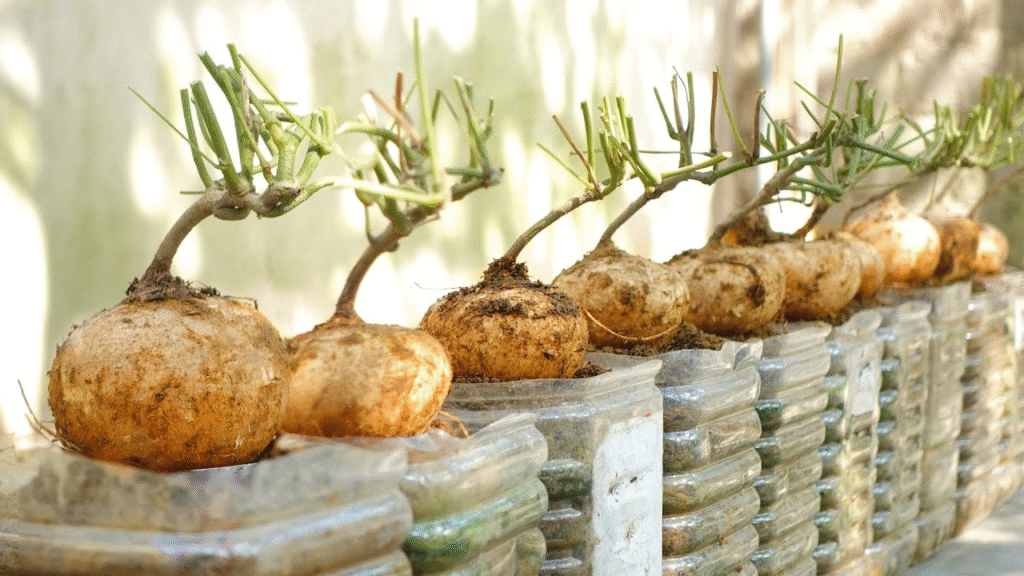
Starting Jicama from Seed
Jicama is almost exclusively grown from seeds, as the plant doesn’t propagate well from cuttings or divisions. Here’s how to grow jicama from seed:
Seed Preparation
- Scarification: Jicama seeds have a hard outer coating. Before planting, lightly nick or scratch the seed coat with sandpaper or soak seeds in warm water for 24 hours to improve germination.
- Pre-sprouting: For better success rates, pre-sprout seeds between damp paper towels until you see the root emerge.
Direct Outdoor Planting
If you live in a warm climate with a long growing season:
- Wait until soil temperatures reach at least 65°F (18°C)
- Plant seeds 1-2 inches deep
- Space seeds 8-12 inches apart in rows 3-4 feet apart
- Keep soil consistently moist until germination (7-14 days)
- Thin seedlings to 12-18 inches apart once they reach 4-6 inches tall
Starting Indoors for Transplanting
For cooler regions with shorter growing seasons:
- Use biodegradable pots (4-6 inches) to minimize root disturbance
- Fill with seed-starting mix
- Plant one seed per pot, 1 inch deep
- Maintain soil temperature around 75-80°F (24-27°C)
- Place under grow lights or in a sunny window
- Keep soil moist but not soggy
- Transplant outdoors when temperatures consistently stay above 60°F (16°C)
Growing Jicama in Containers
Don’t have garden space? Jicama can be grown in containers, though this presents some challenges due to its extensive root system. Here’s how to succeed:
Container Selection and Setup
- Choose a large container (minimum 15-20 gallons)
- Ensure excellent drainage with multiple drainage holes
- Use a lightweight, well-draining potting mix
- Position the container where it will receive full sun
Container Planting Process
- Fill container with potting mix, leaving 2 inches of space at the top
- Plant 2-3 seeds per container, 1 inch deep
- Water thoroughly after planting
- Thin to the strongest seedling once plants reach 4-6 inches tall
- Support vining growth with a trellis or stakes
Container-Specific Care
- Check moisture levels daily – containers dry out faster than garden soil
- Fertilize every 3-4 weeks with a balanced, low-nitrogen fertilizer
- Rotate container occasionally to ensure even sun exposure
- Consider moving containers indoors or to protected areas if temperatures drop below 50°F (10°C)
Indoor Jicama Growing
Growing jicama completely indoors is challenging but possible with these considerations:
Indoor Setup Requirements
- Grow lights providing 12-14 hours of light daily
- Large containers (20+ gallons) for root development
- Temperature control maintaining 70-80°F (21-27°C)
- Support structure for vines (which can reach 15-20 feet)
- Hand pollination as indoor plants won’t have natural pollinators
Indoor Growing Process
- Plant pre-sprouted seeds in prepared containers
- Keep soil consistently moist
- Provide excellent air circulation to prevent disease
- Hand pollinate flowers using a small brush
- Consider pruning vines to manage size while preserving enough foliage for tuber development
Jicama Care Throughout the Growing Season
Once your jicama plants are established, they require specific care for optimal growth:
Watering
- Maintain consistent moisture, especially during tuber formation
- Water deeply when the top inch of soil feels dry
- Reduce watering as harvest approaches to improve flavor
- Apply mulch to retain soil moisture and suppress weeds
Fertilization
- Apply balanced fertilizer (10-10-10) at planting time
- Avoid excess nitrogen, which promotes vine growth at the expense of tuber development
- Consider adding phosphorus and potassium when flowering begins
Support and Training
- Install trellises or stakes when plants reach 10-12 inches tall
- Guide vines onto supports as they grow
- For larger tubers, some gardeners prune flowers to direct energy to root development
Pest and Disease Management
Jicama faces several potential issues:
| Pest/Disease | Symptoms | Management |
|---|---|---|
| Bean Leaf Beetles | Holes in leaves, stunted growth | Floating row covers, neem oil |
| Aphids | Curled leaves, sticky residue | Insecticidal soap, beneficial insects |
| Root-knot Nematodes | Stunted growth, deformed roots | Crop rotation, solarization |
| Powdery Mildew | White powder on leaves | Improved air circulation, fungicides |
| Bean Rust | Orange spots on leaves | Copper fungicide, proper spacing |
Harvesting Your Jicama
Patience is key with jicama, as roots need ample time to develop:

When to Harvest
- Most varieties mature in 150-180 days (5-9 months)
- Harvest when tubers reach 3-6 inches in diameter
- In frost-prone regions, harvest before first frost
- Look for yellowing foliage as a harvest indicator
Harvesting Process
- Water plants the day before harvesting for easier digging
- Carefully dig around the plant, starting about 12 inches from the stem
- Lift the entire plant and attached tuber
- Cut the tuber from the stem and roots
- Handle carefully to avoid cuts and bruises
- Remove excess soil by brushing (not washing) if storing
Storage and Usage
After harvesting your jicama:
Storage Methods
- Store unpeeled jicama in a cool, dry place (50-60°F/10-15°C)
- Refrigerate for up to 2-3 weeks in a perforated plastic bag
- Do not freeze raw jicama as it affects texture
- Once cut, refrigerate unused portions in water for up to one week
Culinary Uses
Jicama’s versatility makes it popular in American kitchens:
- Raw in salads, slaws, and crudité platters
- Cut into sticks for healthy snacking
- Stir-fried in Asian-inspired dishes
- Roasted as a low-carb alternative to potatoes
- Pickled for extended preservation
- Added to fruit salads for crunch
Jicama in the US Market
The demand for jicama in the United States continues to grow as consumers seek healthy, versatile vegetables. According to the USDA Economic Research Service, specialty crop markets like jicama have seen steady growth as American palates become more diverse.
Market Trends
- Increasing presence in mainstream supermarkets beyond specialty stores
- Growing popularity in farm-to-table restaurants
- Rising interest from health-conscious consumers due to low calorie and high fiber content
- Expanding beyond traditional Hispanic markets into broader American cuisine
Growing for Market
If you’re considering growing jicama commercially:
- Contact your local agricultural extension office for region-specific advice
- Research market demand in your area
- Consider direct-to-consumer sales through farmers’ markets
- Explore connections with restaurants and specialty grocers
- Develop value-added products like pre-cut jicama sticks
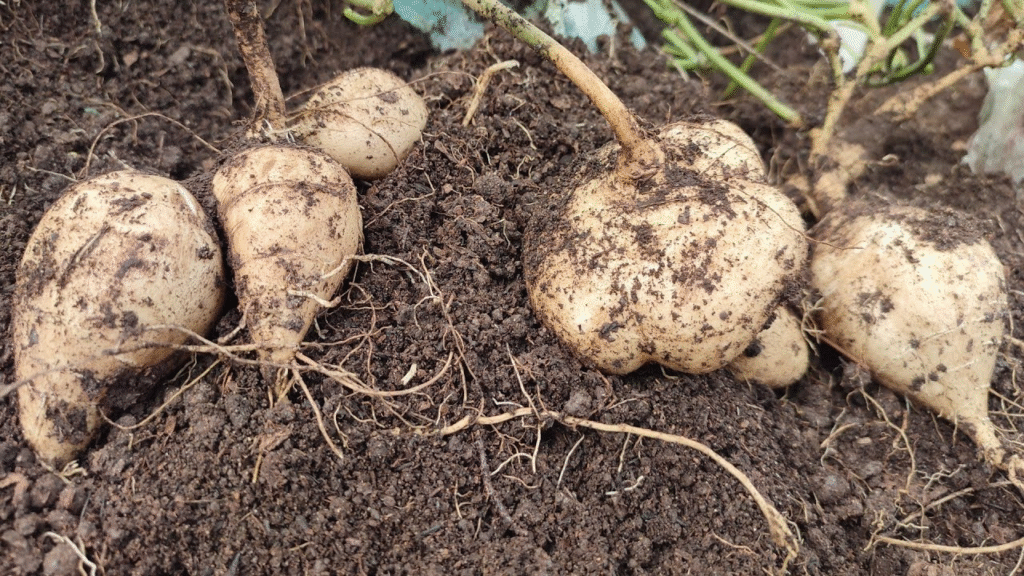
Common Challenges and Solutions
Even experienced gardeners face challenges with jicama. Here are solutions to common issues:
Flowering Without Tuber Development
- Problem: Plant produces abundant flowers but small tubers
- Solution: Remove flowers to redirect energy to tuber growth
Slow Growth
- Problem: Plants seem stunted or grow very slowly
- Solution: Check soil temperature (should be above 65°F/18°C) and ensure adequate sunlight
Toxicity Concerns
- Problem: Concerns about plant part safety
- Solution: Only consume the tuber; leaves, stems, seeds, and seed pods contain rotenone and are toxic
Conclusion
Growing jicama requires patience and attention to its unique needs, but the reward is a delicious, versatile root vegetable that’s still relatively uncommon in home gardens. Whether you’re gardening in a warm southern climate or attempting container growing in cooler regions, jicama can be a fascinating addition to your garden and kitchen.
By following the guidelines in this article and adapting them to your specific growing conditions, you can enjoy the satisfaction of harvesting this crisp, sweet tuber from your own garden. As interest in diverse, nutritious foods continues to grow in the US market, your homegrown jicama might just become your new favorite garden success story.
Remember to consult resources like your local agricultural extension office, affiliated with the USDA National Institute of Food and Agriculture, for advice specific to your growing region and conditions.
